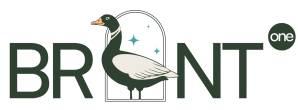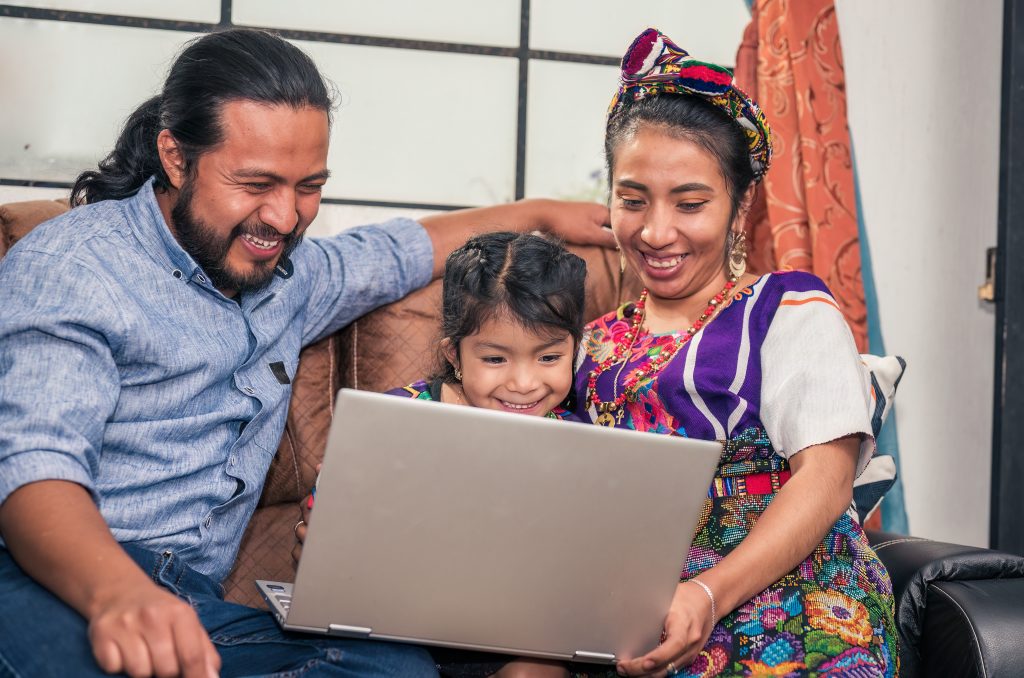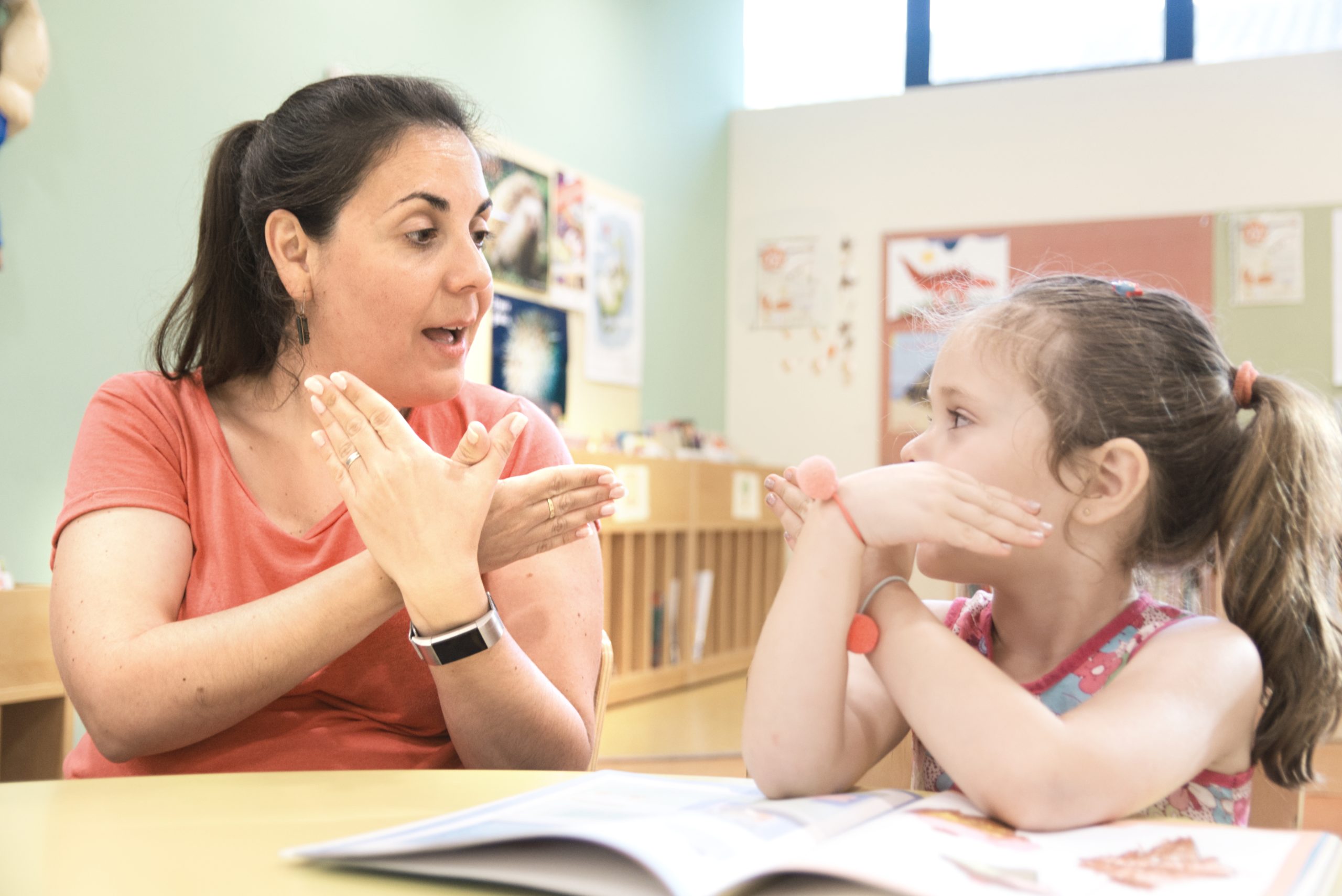In response to long‑standing educational disparities, Albuquerque Public Schools (APS) has released a strategic initiative aimed at improving outcomes for its Native American student population.
Representing roughly 6,800 students or about 10 percent of its enrollment in the 2023–24 school year, these youth have historically faced higher absenteeism and lower academic performance across reading, math, and science than their peers. APS officials say the new plan represents a shift toward culturally grounded, student‑centered learning.
Developed in collaboration with Native‑led organizations such as the One Generation Fund, the district’s “Being a Good Relative” initiative builds on a spring report that emerged from summits and tribal consultations. These gatherings included Pueblo presidents, as well as Navajo and Apache community leaders.
For its recommendations in the next school year, APS is focusing on four core priorities:
Culturally Responsive Curriculum: Integrating lessons that reflect Native history, values, and worldviews into the standard curriculum.
College and Career Readiness: Partnering with programs like Jobs for America’s Graduates (JAG) to equip students with practical skills—such as public speaking and project planning—linked to improved attendance and engagement.
Student Club Support: Nurturing spaces where Native youth can build community and identity through cultural and peer-led clubs.
Experiential Learning: Expanding hands‑on and land‑based learning opportunities that align with Indigenous knowledge systems and learning traditions.
This focus builds off the work of APS’s Indian Education Department, established in 1974 to serve students who register using tribal enrollment forms or certificates. The department currently supports roughly 7,000 Indigenous students—drawing from more than 115 tribal nations—and provides Navajo (Diné) and Zuni (A:shiwi) language classes, tutoring, cultural events, and teacher training.
The plan aligns with APS’s broader 2030 strategic goals, which emphasize stronger family engagement, equitable opportunities, and inclusive learning environments. District leadership says Native community voices guided each step of this effort, reflecting a shift toward shared leadership and mutual accountability.
This effort also responds to the state’s mandate following the Yazzie‑Martinez court ruling, which determined New Mexico had failed to provide constitutionally adequate schooling to Native and other at‑risk students. A recent legal order now requires a comprehensive statewide remedial plan, which may take up to five years to implement. APS sees its work as part of that broader legal and ethical imperative.
District leaders stress that this initiative is not static. They plan to track progress continuously and adapt as Native students and families offer feedback. The aim, they say, is to create learning environments where Indigenous students attend more regularly, achieve academic success, and—crucially—feel proud and valued in school.



